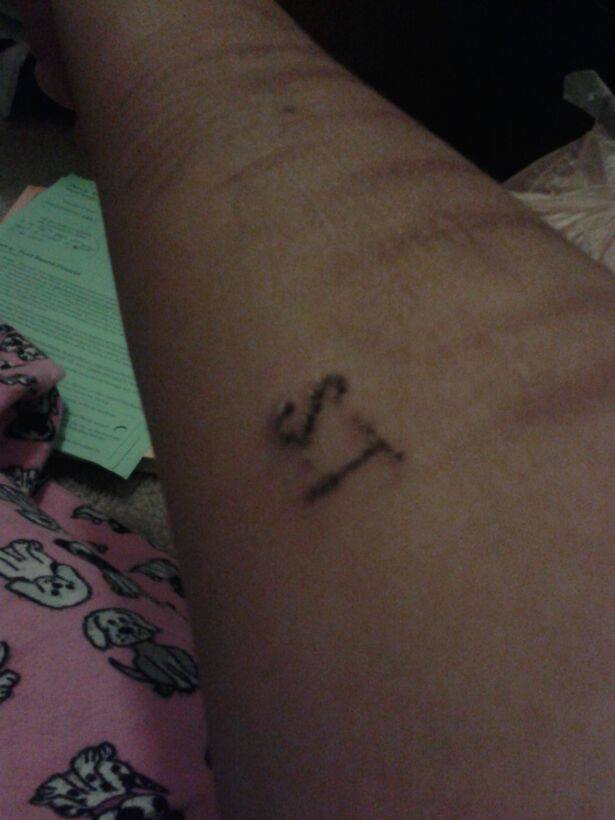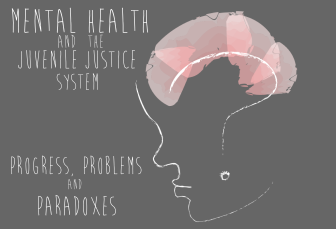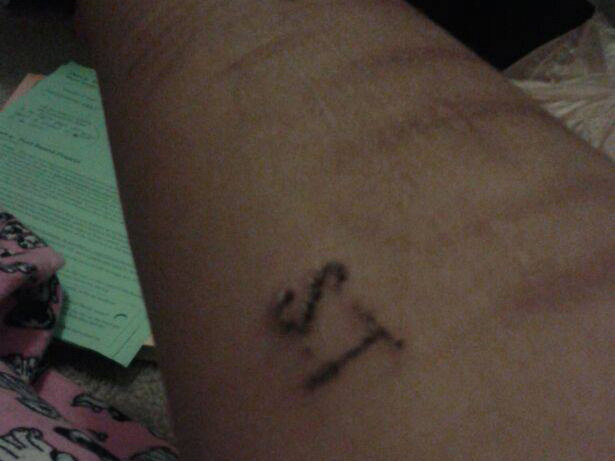 “You have it wrong: I’m not trying to kill myself. It’s what I do to stay alive.” Anonymous
“You have it wrong: I’m not trying to kill myself. It’s what I do to stay alive.” Anonymous
Cutting is dangerous and deadly, and it seems like the norm for coping with internal pain among my peers. Cutting generally affects teens and young adults ages 12 to 24 years old, according to A Forever Recovery.
Cutting entails making small cuts on body parts such as the wrists, arms, legs, stomach, chest, and even genital areas. Kids Health states that cutting is not a suicide attempt; in fact, many teens say they cut to feel more alive. It is only a temporary escape, similar to how people use drugs or alcohol.
Self-harm can affect those closest to you. A best friend shared her story with VOX (remains anonymous to protect her identity):
“It started in 5th grade when I was getting bullied, because I didn’t have the newest clothes, a cellphone and the stuff everyone else had. I had seen a video of self-harm on YouTube and how good it supposedly felt so I started to do it.”
[module type=”aside” align=”right”] Learn more about mental health and substance abuse on JJIE.org’s Juvenile Justice Resource Hub.
Learn more about mental health and substance abuse on JJIE.org’s Juvenile Justice Resource Hub.
For some teens, cutting is a source of adrenaline, according to Kids Health. Other teens report that cutting gives them a sense of control. It may help them express feelings and release disturbing thoughts and memories.
“At first it started small then as more things started going on and as I was getting older, the cuts began getting deeper and bigger,” she said. “Sooner or later it became a release of stress, and it became my go-to pill when I was feeling sad. At a certain point in my life, it became an addiction.”
Like addicts, cutters are not actually in full control of their actions but rather seek the intense relief they experience after cutting themselves.
Some other methods of self-harm include burning, scratching, scab-picking, hair-pulling, banging or hitting body parts against hard objects like walls or floors, and swallowing or ingesting poisonous or inedible items. However, cutting is the most common of all self-harm methods.
“I couldn’t go one day without cutting myself or popping a rubber band on my wrist. I would cut multiple times; I would pop my wrist so the veins could rise, so I can cut them. I was labeled ‘crazy,’ and I was sent to a mental hospital, which was so horrible.”
[Related: The Struggles Of An Addict]
Often, cutting is the only way a teen may know how to deal with negative emotions like depression, rage, guilt, emptiness, and self-hatred, according to TeensHealth.org. Unfortunately, cutting not only creates tissue damage to the skin, but it does not make the pain go away.
“It made me want to commit suicide. I went there for other mental reasons, and that’s another reason why I cut myself. It’s not really fun living life when you’re battling mental issues everyday of your life. Then it was because my dad [was] verbally and physically beating me, being sent from home to home, and feeling alone like a misunderstood misfit.” When she finally returned to Atlanta, her mom paid for counseling and she is now doing a lot better (mentally and physically).
The truth is that expectations in school, family life and relationships with peers can create traumatic events that can lead to a young person cutting him or herself. If you know a friend who cuts or self-harms: Avoid getting angry, yelling or blaming them. Don’t tell them that what they’re doing is disgusting or wrong. Try not to judge them. Tell your friend that you’ll always be there for them, and help your friend find alternatives to cutting. Be there. Spend quality time with them, participating in activities you both enjoy. You can get rid of self-harm scars by applying aloe vera, vitamin E oil, or lemon juice.
This article originally ran on VOXatl.com, which is published by the nonprofit VOX Teen Communications.
Helpful Resources for Teens:
LOCAL – Emory University: Emory’s HelpLine is an anonymous and confidential peer support hotline, open from 8:30 p.m. – 1 a.m. every night You can reach the line by calling (404) 727-4357.
1-800-DON’T-CUT – More info on self-injury
http://www.selfinjury.com – Referrals for therapists and tips for how to stop.
1-800-273-TALK – A 24-hour crisis hotline if you’re about to self-harm or are in an emergency situation.
To Write Love On Her Arms – A non-profit movement dedicated to presenting hope and finding help for people struggling with depression, addiction, self-injury and suicide.
1-800-334-HELP – Self Injury Foundation’s 24-hour national crisis line.
More stories related to this one:
Treating Broken Hearts With Poor Mental Health Services
Text, Talk, Act Draws Kids Into Mental Health Discussion
Schools Remove Barriers to Mental Health Treatment
Recovery from Substance Use Disorders and Risky Use: Everyone Has the Right to Get Well
































